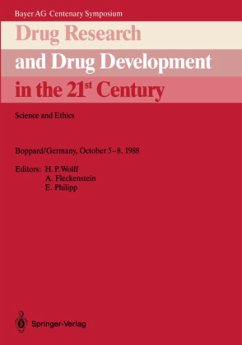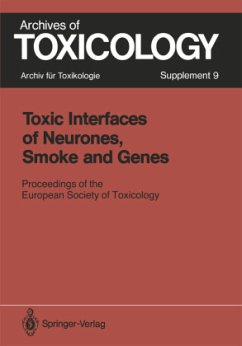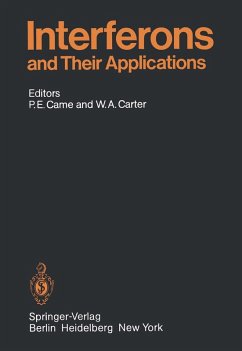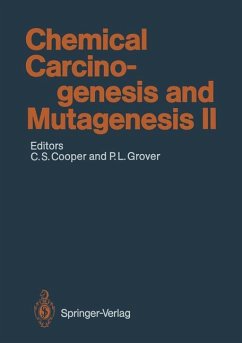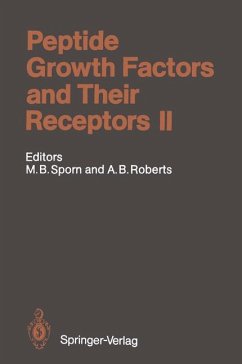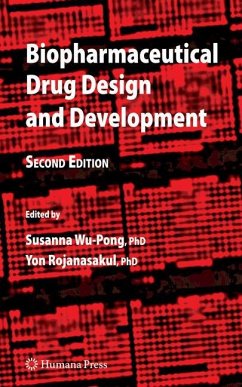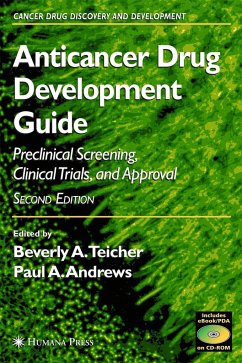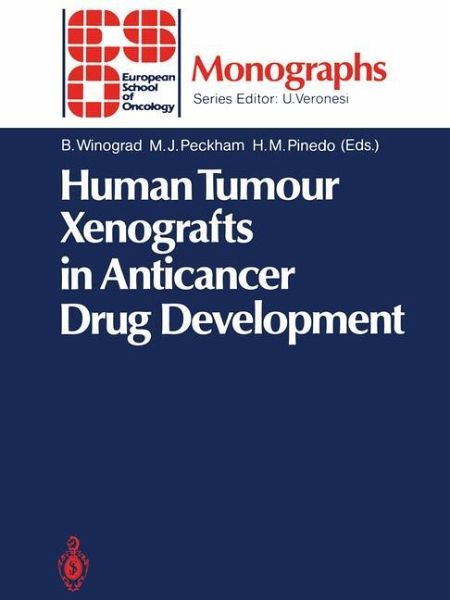
Human Tumour Xenografts in Anticancer Drug Development
Versandkostenfrei!
Versandfertig in 1-2 Wochen
115,99 €
inkl. MwSt.

PAYBACK Punkte
58 °P sammeln!
Starting in 1986, the European School of Oncology has expanded its activities in post graduate teaching, which consisted mainly of traditional disease-orientated courses, by promoting new educational initiatives. One of these is the cloister seminars, short meet ings intended for highly qualified oncologists and dealing with specific, controversial aspects of clinical practice and research. Another is the institution of permanent study groups, also called task forces, where a limited number of leading experts are invited to meet once a year with the aim of defining the state of the art and pos...
Starting in 1986, the European School of Oncology has expanded its activities in post graduate teaching, which consisted mainly of traditional disease-orientated courses, by promoting new educational initiatives. One of these is the cloister seminars, short meet ings intended for highly qualified oncologists and dealing with specific, controversial aspects of clinical practice and research. Another is the institution of permanent study groups, also called task forces, where a limited number of leading experts are invited to meet once a year with the aim of defining the state of the art and possibly reaching a consensus on developments and treatment in specific fields of oncology. This series of ESO Monographs was designed with the specific purpose of disseminat ing the results of the most interesting of the seminars and study groups, and providing concise and updated reviews of the subjects discussed. It was decided to keep the layout very simple in order to keep costs to a minimum and make the monographs available in the shortest possible time, thus overcoming a com mon problem in medical literature: that of the material being outdated even before publication. Umberto Veronesi Chairman, Scientific Committee European School of Oncology Position Paper on the Application of Human Tumour Xenografts as a Model for Preclinical Phase" Studies in the Evaluation of New Anticancer Compounds Outcome of a seminar on Human Tumour Xenografts organised by the European School of Oncology, Milan, 26th-27th May, 1986.



